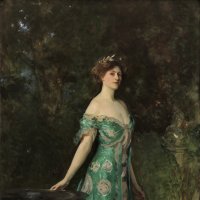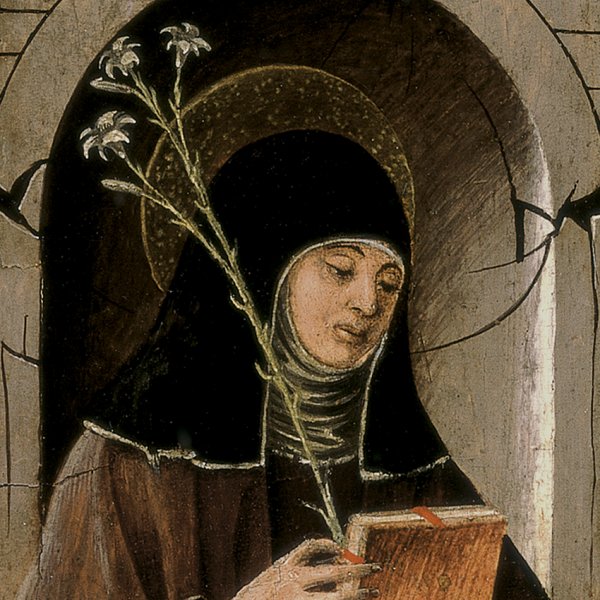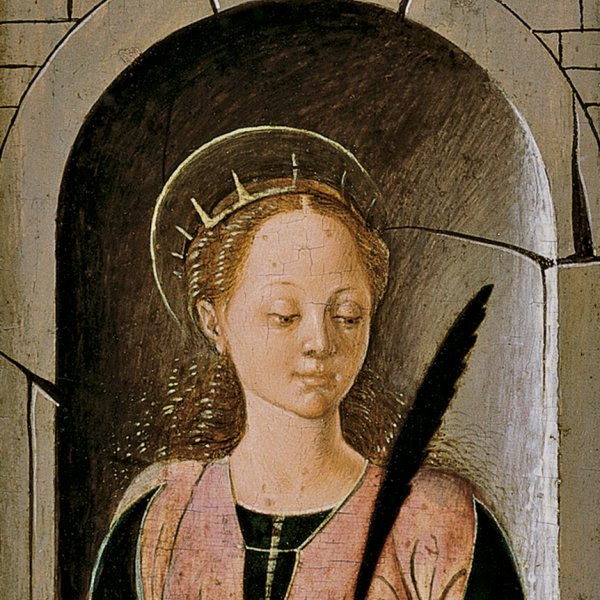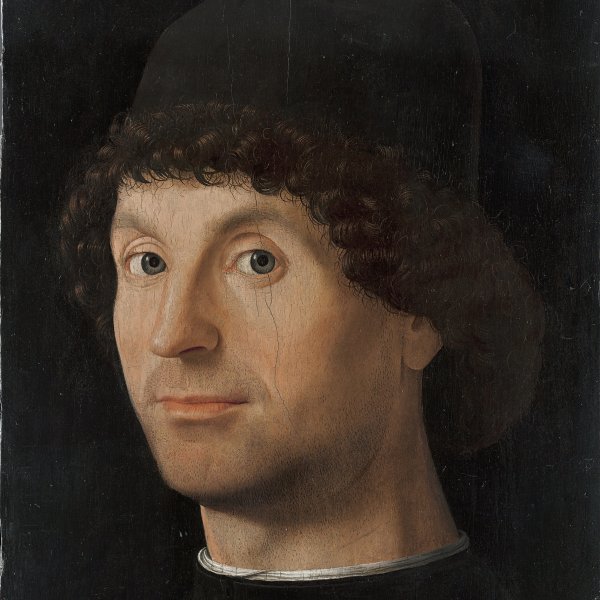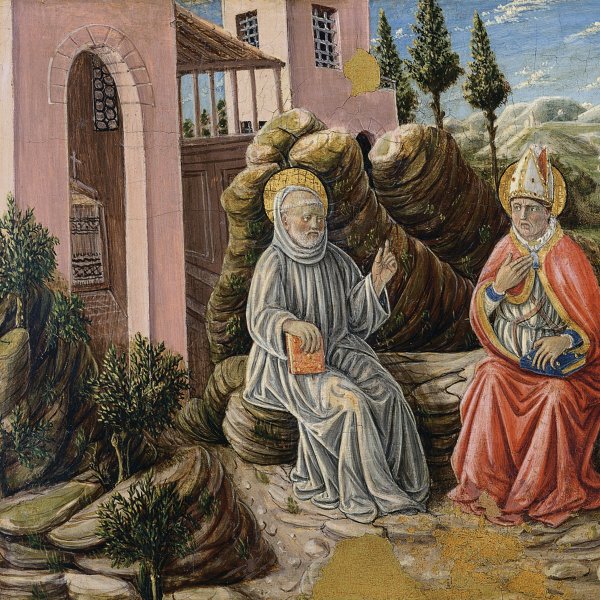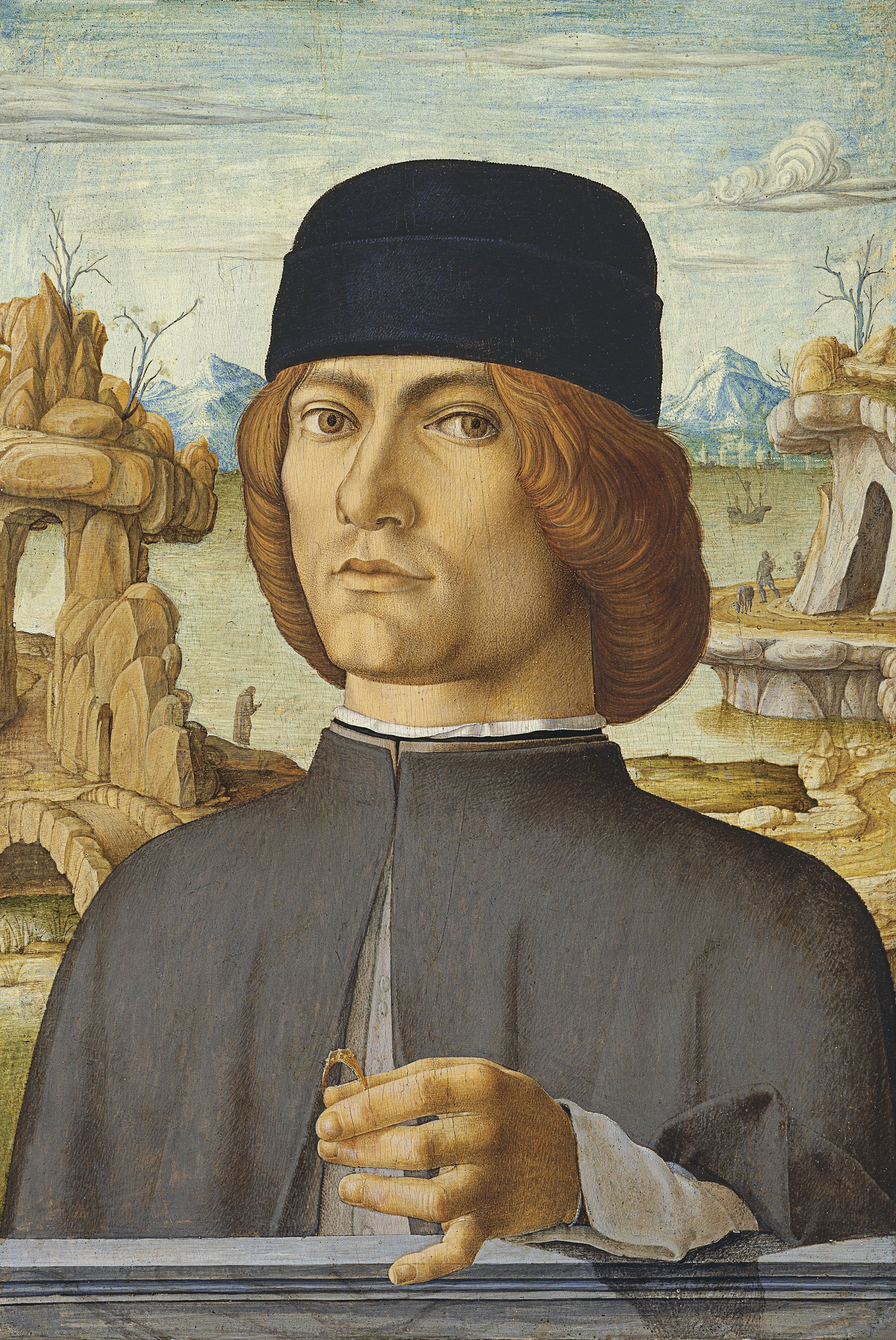Portrait of a Man with a Ring
ca. 1472 - 1477
Oil on panel.
38.5 x 27.5 cm
Museo Nacional Thyssen-Bornemisza, Madrid
Inv. no.
105
(1956.14
)
Room 5
Level 2
Permanent Collection
This painting, which entered the Thyssen-Bornemisza collection in 1956, was the subject of intense study during the first half of the 20th century both with regard to its attribution and the identity of the sitter. The work was in the collection of the marquis Boschi, in whose palace in Bologna it was to be found in 1763. It then passed by inheritance to other members of the family until its sale, together with other works, in 1858. In 1881 the panel was in London in the collection of Sir William Neville Abdy, then in Berlin in the collection of Leopold Koppel and finally in Bennebrock in the Van Pannwitz collection, its last owner before it was acquired for the Villa Favorita.
The oil was first published and made available to modern scholars in 1913. Until that point it had been considered a portrait of the painter and goldsmith Francesco Francia. It was described as such in inventories and descriptions during the time it was in the Boschi collection. Two engravings were based on this painting: one by Domenico Santi and another by Carlo Faucci of 1763, the latter executed when it was in the Boschi collection and in which the work is described as a self-portrait.
Berenson attributed the panel to Ercole de’Roberti but Longhi considered it a work by Francesco del Cossa from his Bolognese period, an attribution supported by various other authors. Longhi also doubted that it was a portrait of Francesco Francia due to the sitter’s clothes and the typology of the work. In 1915 Cook suggested that the sitter might be a member of the d’Este family, a hypothesis based on the clothing as well as on the diamond in the ring which relates to one of the emblems of this dynasty. For Negro and Roio, however, the painting was a self-portrait of Francesco Francia. They compared it to another in the Musée des Beaux-Arts in Angers, which they considered to be a self-portrait from the artist’s mature phase given its similarity to the present work.
Aside from these opinions, the portrait conforms to an Italian type that was developed during the second half of the 15th century when artists abandoned the use of a rigid profile and presented sitters almost full-face. The present sitter is powerfully drawn with precisely defined locks of hair, eyes, eyelids and nose. The position of the hand with the ring and the parapet on which he leans his hand emphasise the sense of spatial depth and are used by the artist to interact with the complex position of the little finger and the shadow projected by the sleeve. The landscape background with its fanciful rocks has been related to the one in Saint Vincent Ferrer in the National Gallery, London.
Mar Borobia
The oil was first published and made available to modern scholars in 1913. Until that point it had been considered a portrait of the painter and goldsmith Francesco Francia. It was described as such in inventories and descriptions during the time it was in the Boschi collection. Two engravings were based on this painting: one by Domenico Santi and another by Carlo Faucci of 1763, the latter executed when it was in the Boschi collection and in which the work is described as a self-portrait.
Berenson attributed the panel to Ercole de’Roberti but Longhi considered it a work by Francesco del Cossa from his Bolognese period, an attribution supported by various other authors. Longhi also doubted that it was a portrait of Francesco Francia due to the sitter’s clothes and the typology of the work. In 1915 Cook suggested that the sitter might be a member of the d’Este family, a hypothesis based on the clothing as well as on the diamond in the ring which relates to one of the emblems of this dynasty. For Negro and Roio, however, the painting was a self-portrait of Francesco Francia. They compared it to another in the Musée des Beaux-Arts in Angers, which they considered to be a self-portrait from the artist’s mature phase given its similarity to the present work.
Aside from these opinions, the portrait conforms to an Italian type that was developed during the second half of the 15th century when artists abandoned the use of a rigid profile and presented sitters almost full-face. The present sitter is powerfully drawn with precisely defined locks of hair, eyes, eyelids and nose. The position of the hand with the ring and the parapet on which he leans his hand emphasise the sense of spatial depth and are used by the artist to interact with the complex position of the little finger and the shadow projected by the sleeve. The landscape background with its fanciful rocks has been related to the one in Saint Vincent Ferrer in the National Gallery, London.
Mar Borobia

